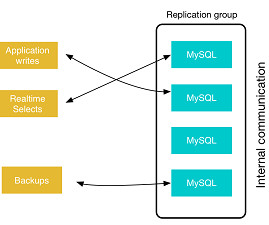Setting Up and Deploying PostgreSQL for High Availability
Percona
JULY 7, 2023
Also, in general terms, a high availability PostgreSQL solution must cover four key areas: Infrastructure: This is the physical or virtual hardware database systems rely on to run. Can you afford the necessary hardware, software, and operational costs of maintaining a PostgreSQL HA solution? there cannot be high availability.












Let's personalize your content